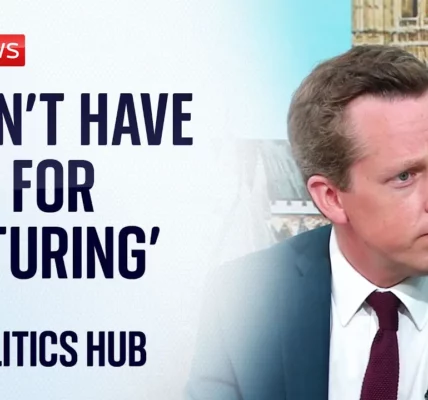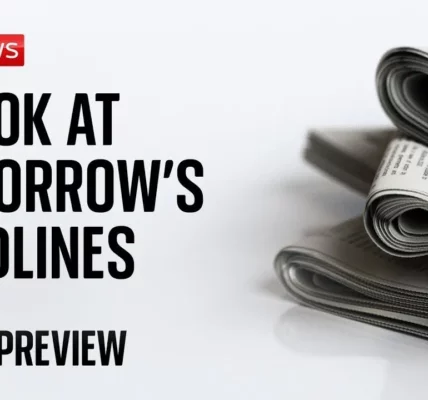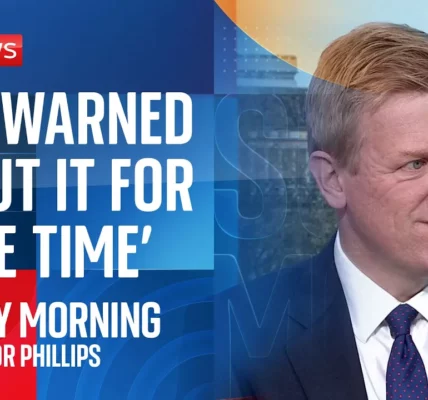How Misinformation Online Can Erupt into Violence in the Streets

In a world increasingly dominated by social media, misinformation has the power to incite public unrest and violence. This article delves into a recent incident following the Southport stabbing case, examining how false narratives spread online can influence real-world actions and what can be done to combat this disturbing trend.
Introduction
The recent Southport stabbing case has highlighted a troubling intersection between misinformation, public perception, and societal unrest. Following the attack, wild rumors circulated online, particularly on social media platforms, suggesting that the suspect was a Muslim immigrant. This narrative, fueled by prominent figures and conspiracy theories, incited days of riots across the country. In response, a judge made the controversial decision to name the attacker, aiming to quell the unrest and address the rampant misinformation. This article seeks to unpack the complexities of how misinformation propagates online and its potential to lead to violence in the streets.
The Role of Misinformation
Understanding Misinformation
Misinformation refers to false or misleading information spread, regardless of intent. In the context of the Southport incident, it became a catalyst for public disorder. As various narratives emerged, they often lacked factual basis and were fueled by pre-existing biases against certain groups.
Social Media as a Catalyst
Social media platforms have become breeding grounds for misinformation. The rapid spread of information, often without verification, allows false narratives to gain traction quickly. Key factors include:
- Accessibility: Anyone can share content, leading to widespread dissemination.
- Lack of Regulation: Many platforms lack stringent measures to combat misinformation.
- Echo Chambers: Online communities often reinforce existing beliefs, making it harder to debunk false claims.
The Southport Incident
Background of the Case
The Southport stabbing incident ignited a series of riots across the UK, driven by online rumors about the attacker’s identity. Initially, the suspect’s name and details were withheld due to legal protections surrounding minors, as he was just 17 years old.
Reaction to Misinformation
As misinformation spread, public frustration grew. Figures such as Tommy Robinson and Nigel Farage amplified these narratives, questioning why more information was not available. This led to a perception that the truth was being deliberately concealed.
Judicial Response to Misinformation
The Controversial Decision
In a surprising turn, the judge lifted the anonymity of the suspect. This decision aimed to combat misinformation and restore public order. However, it raised questions about the influence of public disorder on judicial processes.
Implications of Naming the Suspect
While the intention was to quell unrest, the decision to reveal the suspect’s identity could have unintended consequences:
- Validation of Conspiracy Theories: Some may view this as confirmation of their beliefs regarding immigration and crime.
- Potential for Increased Tensions: Naming the suspect may not resolve the underlying issues and could lead to further violence.
Long-Term Solutions to Misinformation and Public Disorder
Community Engagement
Addressing the root causes of misinformation and public unrest requires a comprehensive approach, including:
- Education: Promoting media literacy to help individuals discern credible information.
- Community Dialogue: Encouraging open discussions among diverse community members to foster understanding.
- Government Accountability: Ensuring that political leaders communicate transparently and responsibly to rebuild trust.
Policing and Regulation
Effective policing strategies and potential regulations on social media platforms could play a crucial role in curbing misinformation and its effects. This includes:
- Monitoring Online Content: Enhanced scrutiny of content that incites violence or spreads harmful misinformation.
- Collaboration with Tech Companies: Partnering with social media platforms to improve fact-checking and information dissemination.
Conclusion
The recent events surrounding the Southport stabbing case underscore the powerful and often dangerous impact of misinformation. As public unrest continues to emerge from false narratives, it is crucial for society to prioritize education, community engagement, and responsible governance. Only through collective efforts can we hope to mitigate the risks associated with misinformation and ensure a more informed public. If you found this article insightful, consider exploring our related articles on the impact of social media on public perception and strategies for fostering community cohesion.
“`




